Ady Stokes
Freelance Consultant
He / Him
I am Open to Write, Teach, Speak, Meet at MoTaCon 2026, Podcasting
STEC Certified. MoT Ambassador, speaker, and accessibility advocate. Consulting, training, Leeds meetup host. MoT Certs curator and contributor. Testing wisdom, friendly, jokes, parody songs and poems
Achievements
































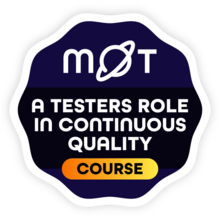




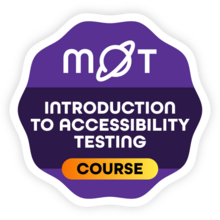
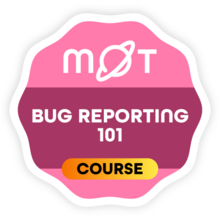
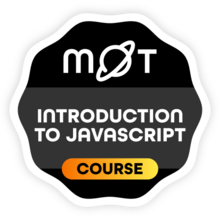











Certificates

Awarded for:
Passing the exam with a score of 100%
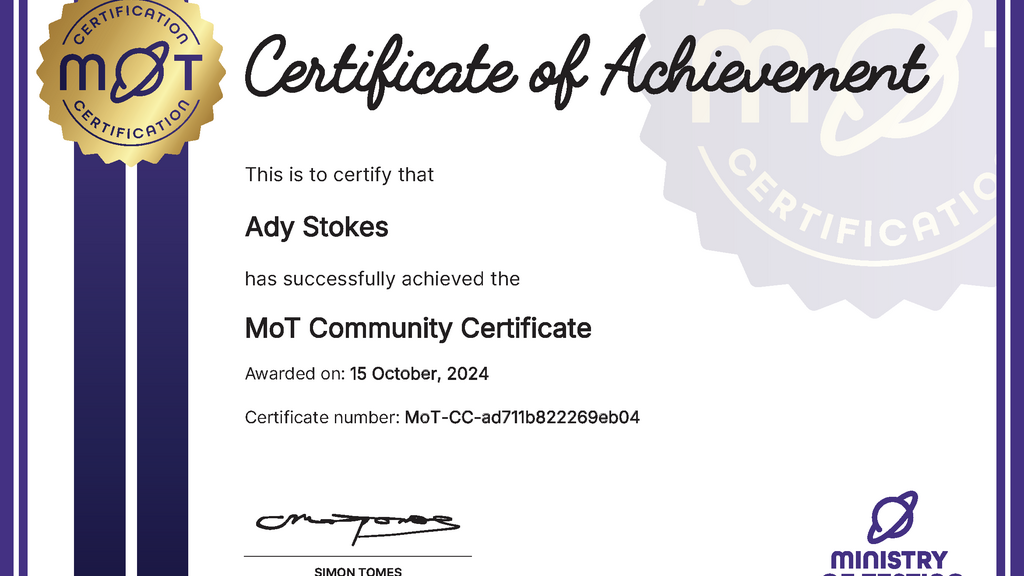
Awarded for:
Achieving 5 or more Community Star badges
Activity

earned:

The "Tester to Quality Engineer gap analysis" worksheet for SQEC is fantastic! What a handy tool. I’m excited for SQEC learners to start using it.

earned:

Thanks for your contributions at MoT Leeds.

earned:

1.4.0 of MoT Software Quality Engineering Certificate

earned:

1.0.0 of MoT Software Quality Engineering Certificate

earned:

I featured your MoT Leeds post on the homepage, thank you!
Contributions
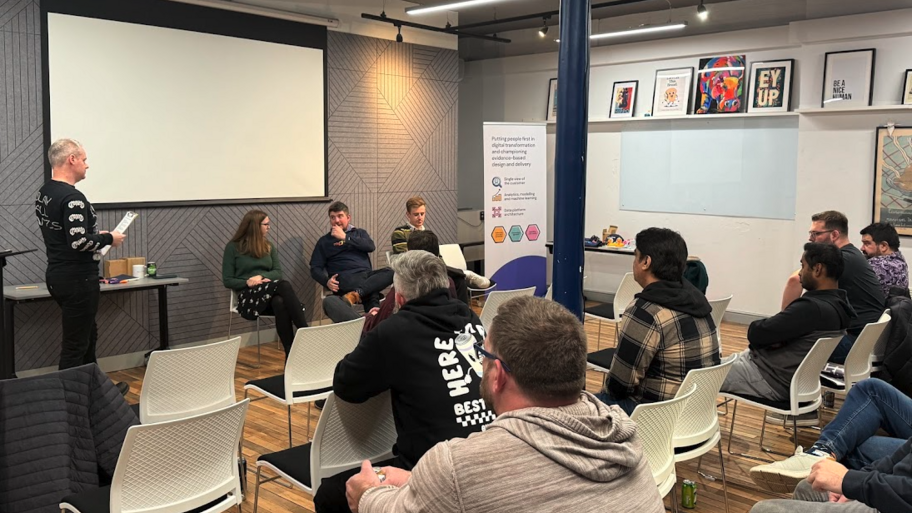
MoT Leeds hosted a panel discussion on Leading with Quality, which sparked a lively debate on several topics. The unexpected one was which AI had written the questions! It didn't, it was all me. He...
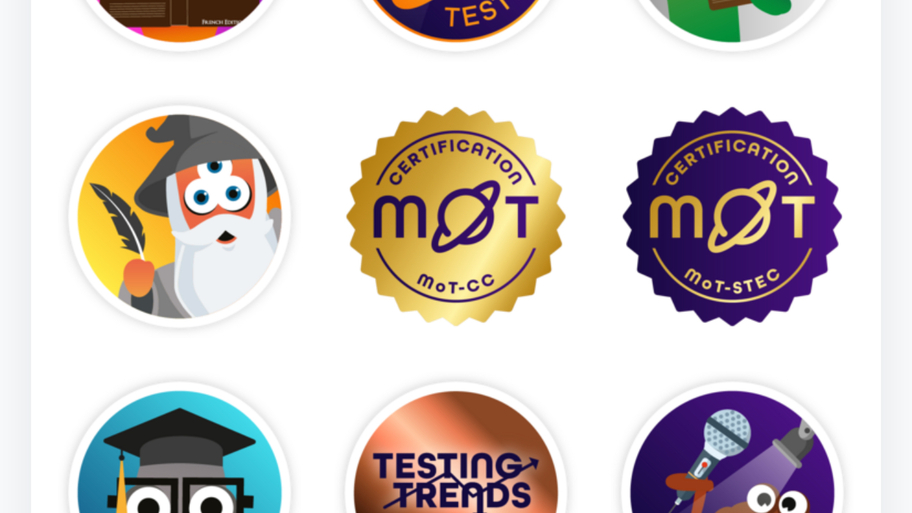
First I missed capturing 404 stars. Now I missed 500. So I’m celebrating 513 instead. Great problem to have.

Emily is delivering a talk called how raising quality bug cards prepares you for becoming a quality leader
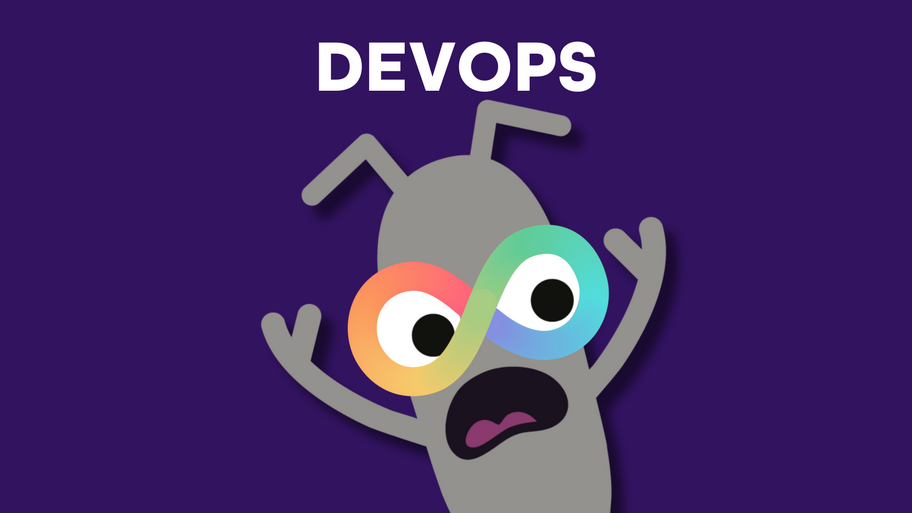
DevOps is a way of working that brings together development (Dev) and operations (Ops) teams so they can build, deliver, and improve software through close collaboration and shared goals. It breaks down the barriers between development and operations so that everyone involved takes responsibility for quality and delivery.At its heart, DevOps is about creating faster and more meaningful feedback loops. When teams work together from ideation to release, they can spot issues sooner, learn from real users, and respond more quickly to change.For example, instead of developers waiting weeks to hear if a new feature performs well in production, they can work alongside operations to understand what happens much quicker.This shared approach builds trust, speeds up learning, and reduces waste. DevOps helps teams focus on outcomes rather than handovers, creating an environment where improvement is constant and communication keeps quality at the centre of everything.

An SDET is a person with coding and developer skills who uses them to focus on creating automation artefacts, such as tests, frameworks, mocks, stubs, and, more recently, CI/CD pipelines. They combine testing knowledge with developer skills to support the creation of automation. Coming to prominence in the late 1990s and early 2000s at companies such as Microsoft, the role was created to allow someone to focus on the key advances in automation happening at the time.The emergence of Agile, then DevOps and even CI/CD pipelines made this bridging role between testers and developers more widespread. While there are still plenty of SDET roles being advertised, these days, many organisations expect testers to have some automation skills, and developers will have some testing knowledge. Indeed, some job descriptions include required skills for four or more 'traditional' roles. In Quality Engineering environments, developers may write the automation, but are supported by those with much deeper testing knowledge to work together in creating valuable automation that supports faster feedback cycles.

Quality Assurance is a traditional term you will frequently hear in software development when someone is referring to software testing. It originally came from the world of manufacturing, where it referred to a systematic set of actions designed to ensure that a product, such as a car or a physical item, meets certain quality standards or requirements, like 'a 6mm gap'. Unlike software, which often has requirements that are not defined to such a specific degree. When software development needed a label for its quality activities, they borrowed 'QA', and it stuck for a long time.In many companies, you will find that the software testing team is still called the 'QA team', and that is where the confusion lies. The term implies that the act of testing can somehow 'assure' quality, but that is simply not true. As testers, our job is to find and expose risks and bugs, not to guarantee perfection. You cannot 'test in' quality at the end of a project. Quality must be built in from the very first planning meeting, involving everyone from analysts to developers.Because of this inherent conflict between the word 'assurance' and the reality of finding risk, many modern teams are moving towards more accurate job titles such as Software Tester or Quality Engineer. This better reflects the actual work we do, which is about engineering quality into the process and thinking about product quality from the start, rather than making impossible promises of assuring quality.
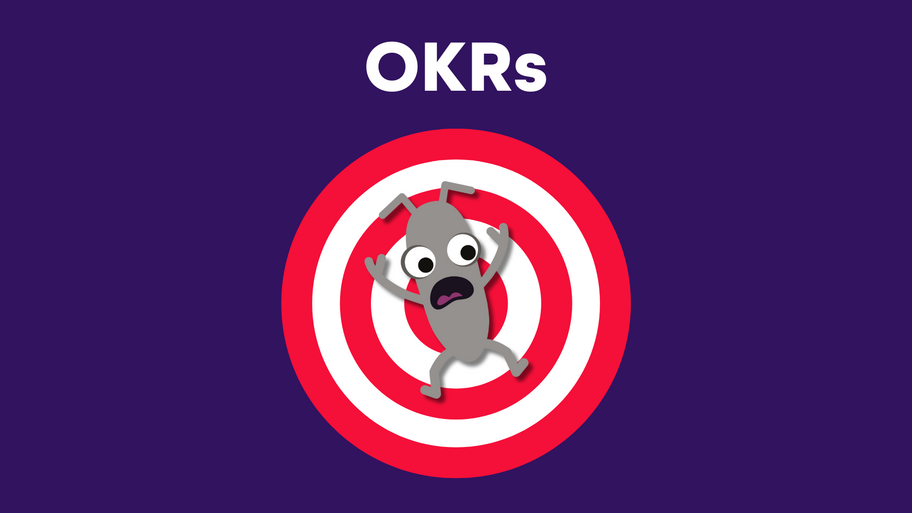
OKRs stand for Objectives and Key Results. It is both a management framework and an individual tool used for setting goals and tracking the outcomes across an organisation, a team or for an individual. In the simplest terms, the Objective is what you want to achieve, and the Key Results are how you measure the progress and the level of success of that Objective.Without making the 'Key Results' part quantifiable, they become almost useless. As an example. An Objective that says, "Make the product more profitable," is just too broad. It is noise that cannot be proven to have been achieved without a specific focus, such as 'by increasing users'. Then adding a Key Result that says, "Increase daily active users from 500 to >800 by [date]" is something you can measure and track. Just like a good requirement, an OKR must not be ambiguous. It needs to combine the Objective with clear Key Results, similar to a requirements acceptance criteria, to confirm that it has actually been met. If the criteria are vague, you will never know whether you've succeeded. Basically, an O, without good KRs, is practically pointless.It is also important to understand the different levels of OKRs. Team goals or team OKRs are more focused on delivering shared value for the product or the business. An individual's OKRs would generally show how they directly contribute to the broader team objectives. They are slightly different from personal goals, which are more generally focused on individual growth and development, and not necessarily tied to business outcomes.
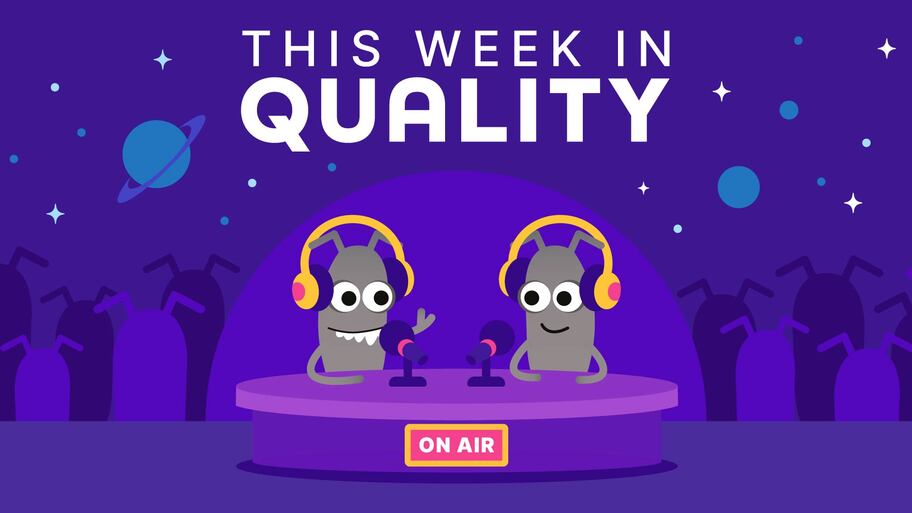
Unpack the blurred meaning of quality engineering through real stories and honest reflection
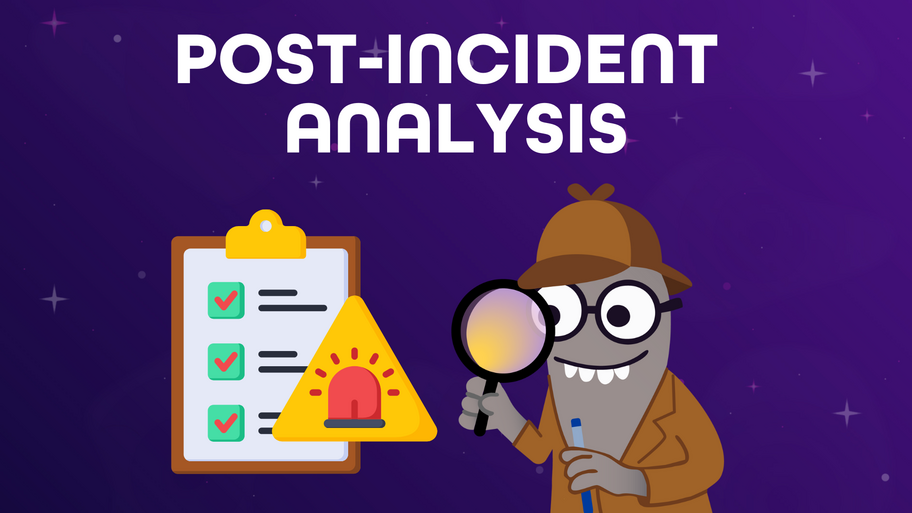
Post-incident analysis, or post-mortem, looks at what happened after something has gone wrong, mainly in production, but sometimes in testing. It could be due to an outage, a bug in production, configuration issues, or any number of bugs or incidents. It should not be about blame or finger-pointing. It’s about understanding, learning, and adapting. When a team or, to start, an individual conducts a post-incident session, they gather the facts of what occurred, when, and how the issue was discovered, and then explore why it happened. They focus not just on the surface error but on the deeper root causes behind it. Good post-incident work digs past symptoms to find the root cause. It is better done as a team effort, and the best sessions are open, honest, and psychologically safe so everyone can share insights freely. The outcome isn’t just a report. It should be an action plan with practical steps to reduce the chance of recurrence and to strengthen either the software, the processes or both. That might include improving monitoring, changing code review practices, refining tests, or adjusting how incidents are triaged and communicated. Done well, post-incident analysis turns failure into fuel for improvement. It’s a core part of Continuous Quality to use what went wrong and make what comes next better.
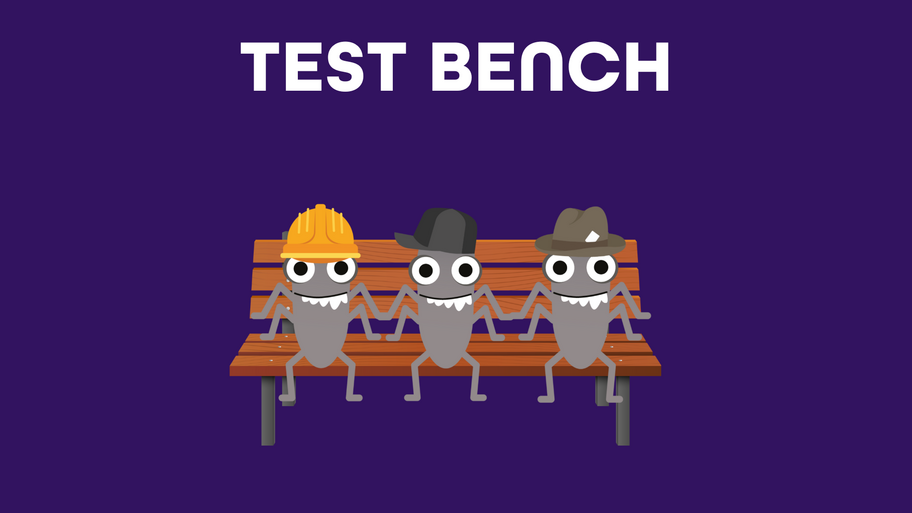
A test bench is a controlled setup used to check how software or hardware behaves without needing the full system it will eventually run on. It provides an environment where components can be tested, monitored, and adjusted safely before being integrated into the complete product.In the automotive industry, for example, a test bench might replicate the hardware parts of a car and the communication between them. Engineers can connect the engine control unit, sensors, and actuators to simulate real driving conditions. This allows the software to be tested for performance, timing, and safety before it ever reaches a real vehicle.A test bench helps isolate issues early and ensures that each part works correctly in a realistic but repeatable environment. It is an essential step between isolated component testing and full system testing, giving confidence that everything will connect and perform as intended when it moves into the real world. Credit to Andres Gomez Ruiz for introducing this to me.
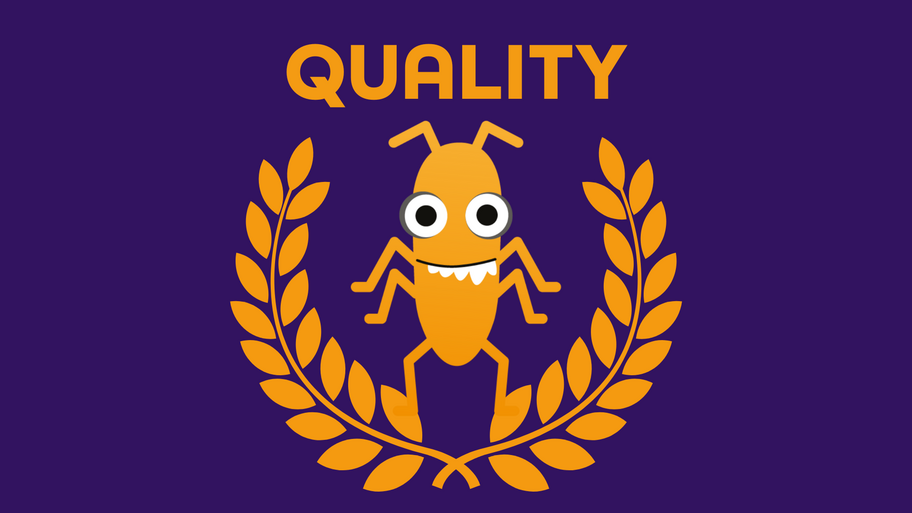
Quality, or in our case, 'software quality', is one of those words that everyone uses, is rarely questioned in the moment, but can mean so many different things. Suman Bala, gives a great example of a Throne and a school chair. Their costs are exponentially different. Their materials, complexity and design are miles apart. Yet, for their purpose, in their context. Their quality can be argued as comparable. The soft and plush throne, with its many adornments, used only a few times, can be perfect for the context in which it is used. The hard and basic metal and plastic chair. Used tens of thousands of times, it can also be perfect in a school environment where it needs to be cheap, hard-wearing, and even stackable. Vastly different, yet equally valuable.In software, quality can depend on such a variety of factors that having a single definition can be more unhelpful than not. A developer might see quality as clean code with no 'smells'. A tester might see it as a multitude of things, from alignment with requirements or acceptance criteria to its accessibility and usability. A user might simply want something that works.Gerald Weinberg described quality as “value to someone”, which has been augmented over time with things like, 'who matters' and, 'at some time'. Even with context, quality is not always a fixed measure but something shaped by people, context, and purpose. What matters to one group may not matter to another, and that is why software quality always needs a conversation.Stuart Crocker, in a LinkedIn post in 2024, said. "This is now my goto definition of what software testing is, "The exploration and discovery of intended and unintended behaviours in the software we build and their impact on product value—for both customers and the business." With my definition of quality being "The absence of unnecessary friction" These two definitions, working together, help me make quick, useful decisions on what to test and from that testing, what is necessary to improve." That view captures how feelings can be a primary indicator of quality (to someone).Dan Ashby talks about quality in his 2019 blog post on Philip Crosby's 4 absolutes of quality in a software context. He takes those and suggests his own adaptations, the first of which is, "Quality is defined as “correctness” and “goodness” in relation to stakeholder value. This is adapted from "Quality is defined as conformance to requirements", and as Crosby was a quality leader in manufacturing, conformance to requirements is fundamental. For software, we need more.In the end, quality in software is not something I can tell you. It is context-dependent, shaped by many things like purpose, constraints, time, and the people involved. There is no universal checklist. The key is understanding what quality means in your situation, how it will be measured, and who it truly matters to. Some are helped by customer feedback, some by monitoring and observation of software performance. Others look to quantify in various ways. They ask, 'How long does it take to learn and understand a new feature?' Or determine, 'What scales or meters can we employ to measure a 'value'.However you describe or measure software quality will be dependent on the factors you have. Have fun doing it.

Just a fact, if it isn't accessible you are excluding 15% or more potential customers or users